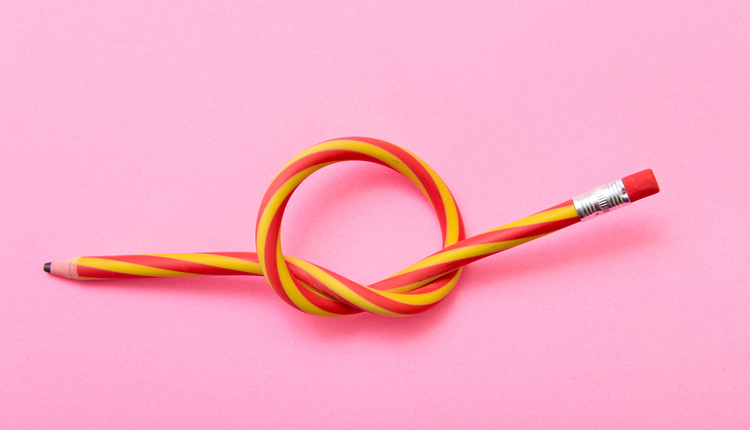The compelling attraction of e-commerce is its convenience. Who doesn't enjoy making a purchase from the comfort of their couch and having it delivered right to their doorstep? According to eMarketer, the United States e-commerce market is forecast to reach over $843B in 2021, number two behind China. And according to OBERLO, out of the 7.87 billion people in the world, 27.2% of the global population is now shopping online. Although these statistics are quite promising for retailers, they also present considerable challenges for couriers who need to deliver these packages to locations that are sometimes extremely difficult to reach.
Not being able to deliver packages presents an unintended consequence for couriers to not only drop off packages but also to pick them up as well. This situation causes a ripple effect in the entire delivery process and is creating a logistical nightmare that is being felt around the world. For example, in September 2021, the Australia Post confirmed that it would temporarily pause pick-ups for Melbourne-based e-commerce retailers for five days. However, the Australia Post did continue to collect items lodged at Street Posting Boxes — a most important solution emphasized later in this article.
In October 2021, the U.S. Postal Service announced that it will slow its targeted delivery time by 30% between October 3rd and December 26th. The US slowdown notification is most likely a pre-holiday warning because last year the USPS saw a record-breaking 25% increase in package volume over the 2019 total, or about 1.1 billion packages delivered in 2020. Clearly, the e-commerce boom, exacerbated by the COVID-19 pandemic, is creating a "pig in a python" scenario for couriers. However, there is hope in the form of two contactless systems that may hold a solution to this problem — pick up/drop off (PUDO) and buy online, pick-up in store (BOPIS).
Contactless Solutions Streamline Courier Services
PUDO is a system that allows couriers to drop off the packages at predetermined locations where customers pick them up at their convenience. It can also be conducted when couriers attempt to drop a package off at a home location but cannot, so they leave the package at a store location or a Street Posting Box as mentioned in the Australian example. BOPIS, on the other hand, refers to when a customer orders something online and picks it up at the store location. It's one of the most common ways to quickly and safely retrieve purchased items. Stores also like this practice because it entices customers to enter a store location where the BOPIS system may also suggest other purchases based on their past buying history.
Both of these options can assist with the courier glut that is plaguing the delivery system. Both of these self-serve, contactless systems can be used as background package management or put on the retail floor of USPS locations, since post offices have areas that can easily be converted to self-serve package rooms and can also supply traditional mail (e.g., PUDO for package management and BOPIS for a smart shelving mail solution).
The bottom line is that couriers should not be slowing down service delivery. Rather, they need to be limiting the non-essential interactions with customers. The same philosophy holds true for retailers who can't hire enough staff. With e-commerce purchases increasing every year, the volume of packages will only increase. Countries such as Canada are getting creative and offering FlexDelivery, a sign-up service allowing consumers to choose from over 6,000 post office locations to have packages delivered at any time. US package handlers should embrace this flex-type delivery service and give customers the option of retrieving and mailing their items at a location of choice (e.g., close to work during weekdays, near the home on weekends, on vacation, and everywhere in between). This system would effectively reduce the time it takes couriers to deliver packages and give customers added flexibility as well as a solution to those hard-to-reach or too-close-to-the-street locations inhibiting deliveries today.
Mo Cheema is the Director of Solutions Design and Implementation at Position Imaging. He is designing omnichannel retail fulfillment solutions using the iPickup platform. He also had a highly influential career at UPS, where he spearheaded several new product and business concepts, developed a strategically aligned product road-map to streamline the global last-mile delivery for drivers, and routinely engaged with the senior-level executives to influence investment decisions.













